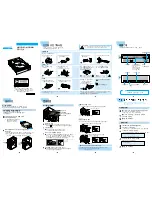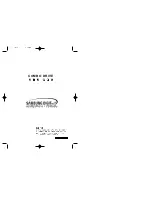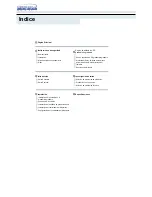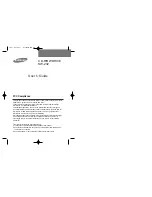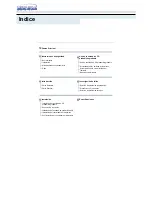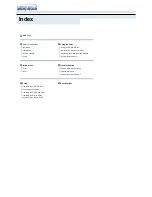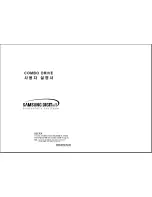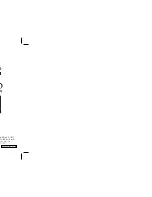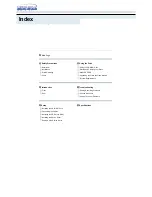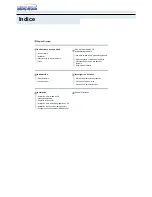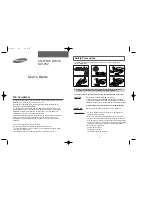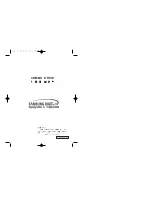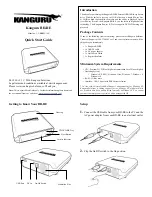Summary of Contents for MBA3300 NP SERIES
Page 6: ...This page is intentionally left blank ...
Page 18: ...This page is intentionally left blank ...
Page 69: ...C141 C015 63 Figure 1 26 ARBITRATION phase ...
Page 81: ......
Page 117: ...1 37 C141 C007 Figure 1 43 Bus phase sequence 1 of 2 ...
Page 118: ...38 C141 C015 Figure 1 43 Bus phase sequence 2 of 2 ...
Page 128: ...48 C141 C015 Figure 1 47 SPI information unit sequence during initial connection ...
Page 129: ...1 49 C141 C007 Figure 1 48 SPI information unit sequence during data type transfers ...
Page 130: ...50 C141 C015 Figure 1 49 SPI information unit sequence during data stream type transfers ...
Page 131: ...1 51 C141 C007 Figure 1 50 SPI information unit sequence during status transfers ...
Page 155: ...1 75 C141 C007 Figure 1 56 Connection to the LVD receivers ...
Page 161: ...Figure 2 1 Message format 154 C141 C015 ...
Page 166: ...Figure 2 2 SCSI pointer configuration C141 C015 159 ...
Page 201: ...This page is intentionally left blank ...
Page 205: ...This page is intentionally left blank ...
Page 207: ...This page is intentionally left blank ...
Page 208: ......
Page 209: ......


















